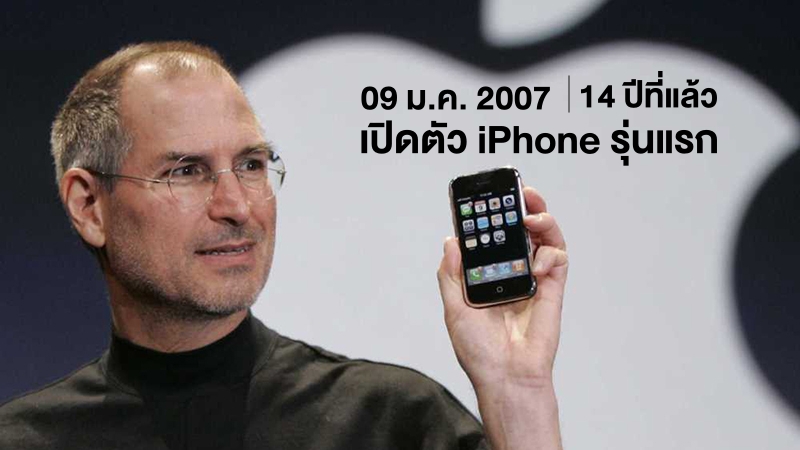Let’s interpret business, economy, and technology with numbers. Numbers are a source of information. Information is open to anyone, and numbers can be seen by anyone, but not everyone has an eye to see the truth behind it. A story of numbers so that everyone can relate Let’s solve it easily.
In the fourth quarter of 2020, Samsung Electronics’ mobile business seems to have stalled. On the 8th, Samsung Electronics announced its provisional results for the fourth quarter (sales of 61 trillion won and operating profit of 9 trillion won), but the performance of each business division is not disclosed in the provisional performance. Therefore, the IM division’s earnings are quoted from stock price estimates.
The stock market predicted the operating profit of Samsung Electronics’ IM (IT & Mobile Communications) division in the fourth quarter of about 2.5 trillion won. This is similar to operating profit in the fourth quarter of 2019 (2.52 trillion won), which was the same period of the previous year, but it is almost half compared to the third quarter of 2020 (4.5 trillion won), the previous quarter.
The reason why the IM division’s operating profit in the fourth quarter declined from the previous quarter was analyzed due to the worldwide re-proliferation of Corona 19. In particular, smartphone shipments appear to have declined as major European countries, such as the UK and Germany, implemented blockade measures such as restrictions on movement due to Corona 19. The blockade has drastically reduced the amount of people moving, so smartphone production and sales would have to suffer.
(Source = Samsung Electronics performance announcement)
–
Steady IM division… Quarterly average operating profit for five years: 2.6 trillion won
Samsung Electronics’ IM division seems to have slowed in performance in the fourth quarter of 2020 compared to the previous quarter, but looking at the trend over the past five years, it should not be disappointing. The average quarterly operating profit of the IM division for the five years from the third quarter of 2015 to the third quarter of 2020 is about 2.6 trillion won. There is not much difference from the estimate for the fourth quarter of 2020 (2.5 trillion won). The previous quarter, the third quarter of 2020, was so good that the fourth quarter’s performance seemed to have been relatively sluggish. The IM division’s third-quarter operating income of 4.45 trillion won is the highest of the quarterly IM division’s operating income for the past five years.
Shall we take a closer look at the IM division in the third quarter? Sales in the IM division are largely divided into smartphones, tablet PCs, wearable devices, notebook PCs (wireless), and communication equipment (network). First of all, in the wireless field, flagship new products such as Galaxy Note 20 and Galaxy Z Fold 2 5G were launched in the third quarter. Flagship refers to a high-end product that includes high-end parts and strategic functions of the manufacturer. Loyal customers who were waiting for the new Galaxy Note started to purchase the Galaxy Note 20. The Galaxy Z Fold 2 5G, a foldable phone that can be folded from side to side and unfolded, is more expensive than a regular smartphone, but it has attracted attention among early adopters who are enthusiastic about new products. Not only flagships, but also mid-range smartphones. The Galaxy A series, capable of 5G communication, got a good response in the US market, and the Galaxy M series did well in the Indian market.

(Source = Counterpoint Research)
–
According to the statistics of global smartphone shipments by market research firm Counterpoint Research, Samsung Electronics shipped 79.8 million smartphones, up 47% QoQ in the third quarter, ranking first with 22% market share. Samsung Electronics is 8 percentage points ahead of Huawei (14%, 50.9 million units), which is the second largest market share. Xiaomi (462 million units, 13%), Apple (41.7 million units, 11%), Oppo and Vivo (31 million units, 8%, respectively) followed.
In the third quarter, Samsung Electronics also won a heavy contract in the network field. In September of last year, Samsung Electronics signed a long-term network equipment supply contract with Verizon, a US mobile telecommunications company, worth 7.9 trillion won (US$6.64 billion). This contract is a single export contract, the largest in the history of the Korean communications equipment industry. Samsung Electronics is a latecomer compared to Huawei in the communications equipment business, but it is also doing well in the equipment market by leading such a large contract.

Samsung Electronics Galaxy Unpack 2021 Invitation Letter (Photo = Samsung Electronics)
–
The key to’popularization of 5G and growth of foldable phones’ in 2021
Then, what about the performance of Samsung Electronics’ IM division in 2021? First of all, the popularization of 5G seems to be the key. Currently, the countries that have commercialized 5G services are Korea, the United States, China, and Japan. The global 5G market is expected to expand compared to last year as the US, China, and Japan, which have larger markets than Korea, are expected to start expanding 5G subscribers in 2021. Ericsson-LG predicted that by 2026, 5G will account for 3.5 billion, 40% of the 8.8 billion mobile subscriptions in the world, through the Mobility Report.
The expansion of 5G can only be achieved by working together not only by manufacturers but also by mobile carriers and content producers (CPs). Mobile carriers should increase 5G coverage (reach distance) and provide stable 5G network services, and CPs should develop killer content that consumers can enjoy on 5G networks. When there is a killer content that’can’t be done in LTE but can be enjoyed in 5G’, the speed of consumers’ transition from LTE to 5G will be accelerated. Starting with the Galaxy S10 5G in 2019, Samsung Electronics is equipped with 5G communication functions as standard in flagship products. The 5G function was also expanded to the Galaxy A series, a mid-priced smartphone.
It is also a point to watch how popular the foldable phones that Samsung Electronics is leading the market will be. Samsung Electronics launched the Galaxy Z Fold 2 5G, a foldable phone that can be folded left and right, and the Galaxy Z Flip 5G that can be folded up and down. If Samsung Electronics wants to expand its foldable phones to the general consumer segment, it seems inevitable to adjust the price. The factory price for the Galaxy Z Fold 2 5G was 2398,000 won and the Galaxy Z Flip 5G was 1.65 million won. The price is higher than that of general flagship smartphones in the low and mid-1 million won range. In addition, I have to explain well how a folding smartphone is better than a conventional smartphone. You will have to persuade consumers by answering questions such as’Why should I use a folding smartphone because there are also folds of the screen?’ and’What content can be enjoyed with a folding screen?’ This part is the same for LG Electronics, which has a rollable phone. There must be a clear reason why you should use a rollable phone that can roll up your screen so that consumers will open your wallet.
Samsung Electronics’ 2021 flagship smartphone will be the Galaxy S21. Samsung Electronics will hold an online unpack event on the 14th at 10am (midnight on the 15th KST) and unveil the Galaxy S21. The Galaxy S21 is expected to support the S Pen for the first time in the Galaxy S series. LG Electronics is expected to unveil its rollable smartphone at CES2021, which will be held on the 11th (local time). Rollable phones are expected to be stretched by pulling the display sideways.
Consumers haven’t found innovation in similar types of smartphones released so far. Apple led the innovation by opening the smartphone era with the iPhone 3GS, but the succeeding smartphones did not bring about a change that could be called innovation. Among these, Samsung Electronics and LG Electronics are preparing to lead the innovation of the smartphone market with foldable phones and rollable phones, respectively. If consumers continue to respond, this could lead to improvement in the mobile business performance of Samsung Electronics and LG Electronics. The market’s expectation is rising whether it has innovative functions that consumers will be excited about.
–
![[넘버스]4Q: Will Samsung Electronics’ Cell Phones Stuck in 5G in 2021? [넘버스]4Q: Will Samsung Electronics’ Cell Phones Stuck in 5G in 2021?](http://www.bloter.net/wp-content/uploads/2021/01/s-unpack.jpg)

